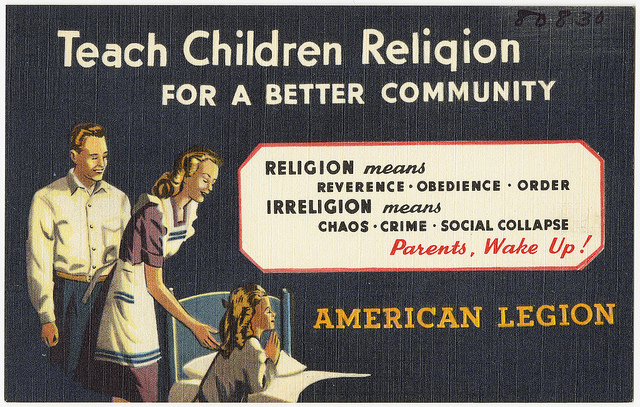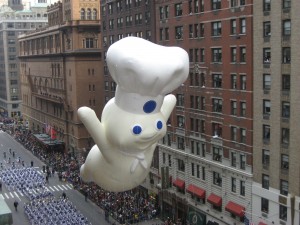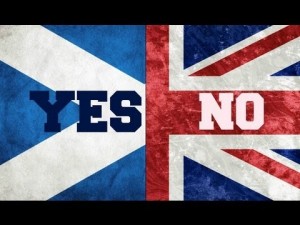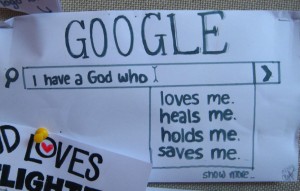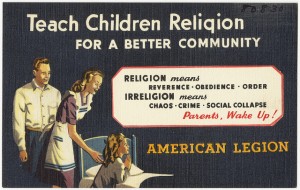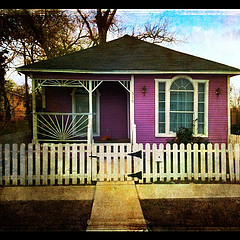Research on poverty often focuses on economic differences between married and nonmarried people, especially mothers. However, in a recent New York Times op-ed, David Brady, Ryan M. Finnigan and Sabine Hübgen push back against common cultural arguments, like criticism about having children outside of marriage, that blame single mothers for poverty. Instead, the authors ask why the United States responds to economic struggle with stigmatization and punishment rather than assistance.

The op-ed follows their recent American Journal of Sociology article, which used data from the Luxemborg Income Study to find that single motherhood is both more rare and less consequential for the poverty rate than would be expected based on the popular imagination. The op-ed reads,
“If single motherhood in the United States were in the middle of the pack among rich democracies instead of the third highest, poverty among working-age households would be less than 1 percentage point lower — 15.4 percent instead of 16.1 percent. If we returned to the 1970 share of single motherhood, poverty would decline a tiny amount — from 16.1 percent to 15.98. If, magically, there were no single mothers in the United States, the poverty rate would still be 14.8 percent.”
Instead of single motherhood as a factor that increases poverty, Brady, Finnigan, and Hubgen claim that political choices in the United States punish single motherhood — as well as the other poverty risk factors of unemployment, low levels of education and forming households at young ages — more than other rich democracies.
“The reality is we have unusually high poverty because we have unusually high penalties for all four of these risk factors. For example, if you lack a high school degree in the United States, it increases the probability of your being in poverty by 16.4 percent. In the 28 other rich democracies, a lack of education increases the probability of poverty by less than 5 percent on average. No other country penalizes the less educated nearly as much as we do.”


